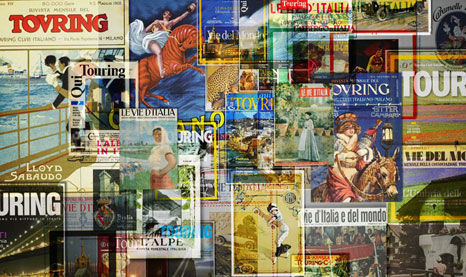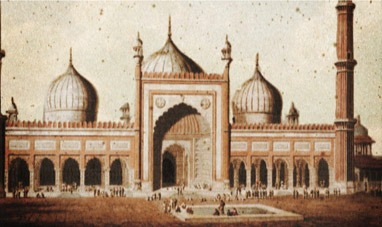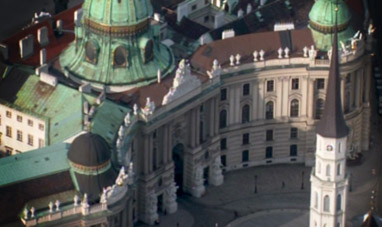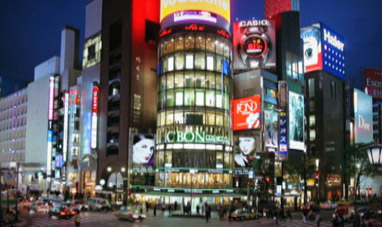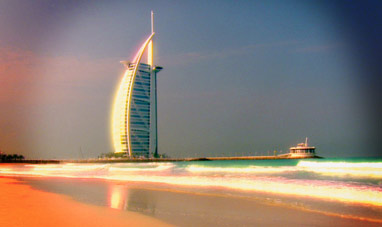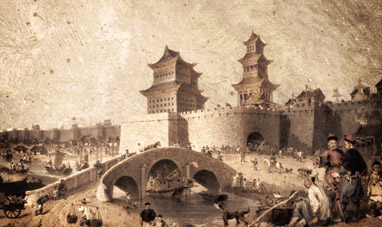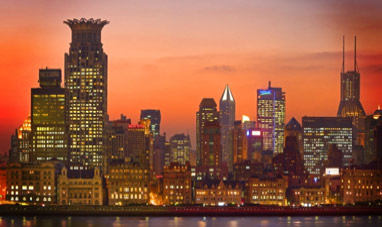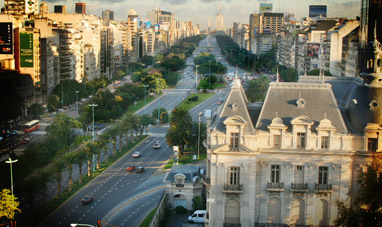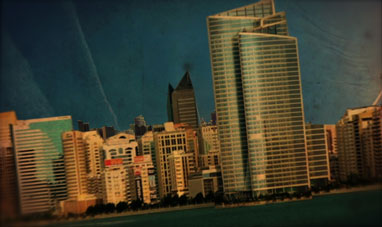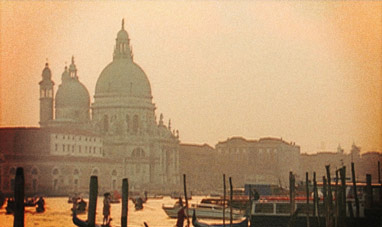Amsterdam was established during the 12th century as a fishing village at the mouth of the Amstel river. Since the area was subject to floods, a number of dams were erected to prevent the sea from invading the village. These dams gave the town its name: Amsterdam actually means Amstel dam. Favored by its seaside location and proximity to important trade centers like Cologne in Germany, the town grew, extending onto surrounding islands and becoming an important commercial port over the course of fourteenth century. Between the fourteenth and seventeenth centuries Europe was ripped apart by religious intolerance. The Catholic Kings of France and Spain violently repressed Christian movements that were spreading throughout Europe, working to separate some believers from the Papacy. During this period the Netherlands belonged to the Spanish Empire. Amsterdam waged bloody rebellions in order to guarantee the freedom to worship. The town became a refuge for the victims of persecution from all over Europe, attracting both Calvinist merchants from Antwerp and rich Hebrews from Spain.
This wave of immigration significantly boosted commerce in Amsterdam.
Amsterdam’s stock exchange, where supply and demand determined the value of stocks and merchandise, was established at the beginning of 17th century. Tulips were one of the most prosperous businesses, and their value skyrocketed once they were quoted on the stock exchange. Amsterdam’s Golden Age began. Merchant ships sailed from the Dutch city to the Americas, Indonesia and Africa. The city became the world’s most important port, and the capital of a colonial empire. Economic development brought flourishing art and culture. In the city center, Baroque and Rococo buildings were constructed overlooking Amsterdam’s circular navigable canals, earning Amsterdam the nickname Venice of the North. Amsterdam’s decline began in the eighteenth century due to strong British competition on the seas. In 1795 France conquered Amsterdam. In 1805 Napoleon created the kingdom of Holland.
In 1815 Austria, Russia and England defeated Napoleon, then gathered at the Congress of Vienna to reshape Europe.
The United Kingdom of the Netherlands was created, with Amsterdam as its official capital.Thanks to trade, the town flourished again, although Holland maintained only its Asian colonies. During the second half of the twentieth century Amsterdam embraced numerous alternative ideas including environmental protection, alternative energy sources like solar and wind power, legalizing prostitution and tolerance of light drugs. The city’s liberal policies have proved profitable: today Amsterdam attracts millions of tourists every year who contribute a significant amount of money to the State’s coffers. Amsterdam is one of the main financial centers for international transactions, boasting many banks and an important stock exchange.
This wave of immigration significantly boosted commerce in Amsterdam.
Amsterdam’s stock exchange, where supply and demand determined the value of stocks and merchandise, was established at the beginning of 17th century. Tulips were one of the most prosperous businesses, and their value skyrocketed once they were quoted on the stock exchange. Amsterdam’s Golden Age began. Merchant ships sailed from the Dutch city to the Americas, Indonesia and Africa. The city became the world’s most important port, and the capital of a colonial empire. Economic development brought flourishing art and culture. In the city center, Baroque and Rococo buildings were constructed overlooking Amsterdam’s circular navigable canals, earning Amsterdam the nickname Venice of the North. Amsterdam’s decline began in the eighteenth century due to strong British competition on the seas. In 1795 France conquered Amsterdam. In 1805 Napoleon created the kingdom of Holland.
In 1815 Austria, Russia and England defeated Napoleon, then gathered at the Congress of Vienna to reshape Europe.
The United Kingdom of the Netherlands was created, with Amsterdam as its official capital.Thanks to trade, the town flourished again, although Holland maintained only its Asian colonies. During the second half of the twentieth century Amsterdam embraced numerous alternative ideas including environmental protection, alternative energy sources like solar and wind power, legalizing prostitution and tolerance of light drugs. The city’s liberal policies have proved profitable: today Amsterdam attracts millions of tourists every year who contribute a significant amount of money to the State’s coffers. Amsterdam is one of the main financial centers for international transactions, boasting many banks and an important stock exchange.

